Photos: Shipwrecks in the Black Sea Span Time Periods
The Stril Explorer
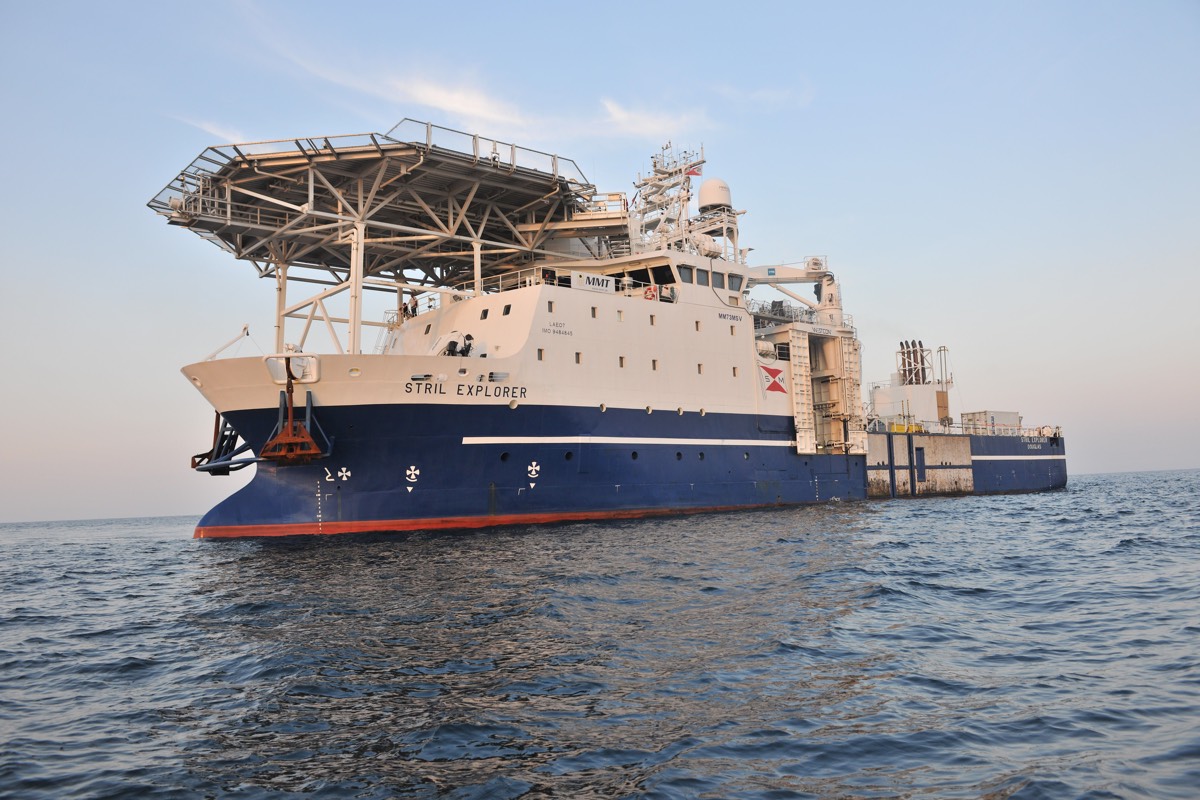
The Stril Explorer, a vessel owned by the survey company MMT, is the hub of the Black Sea Maritime Archaeology Project. Researchers conducted a geophysical survey of the Bulgarian waters of the sea using two remotely operated vehicles containing cameras, lasers and other instruments. The goal is to understand the contours of the sea and its shores before the end of the last Ice Age, when melting glaciers raised the water levels and submerged much of the coastline.
What they found was both surprising and fascinating: Lying on the seafloor were more than 40 shipwrecks from various time periods.
[Read the full story on the Black Sea shipwrecks]
A remote explorer
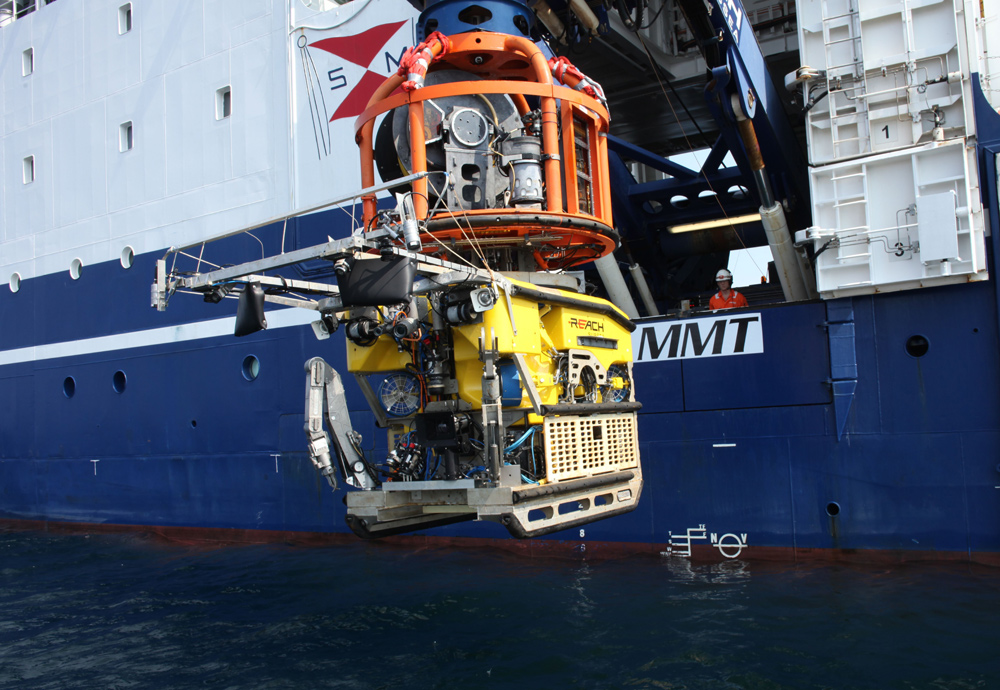
The Work Class Supporter ROV launches from the Stril Explorer in the Bulgarian waters of the black sea. Researchers used two ROVs with video and still cameras, laser scanners and other geophysical instruments to explore the anoxic depths of the sea. Because the inland sea is connected only by thin straits to the salty Mediterranean, its flow is limited, and the salty Mediterranean waters don't mix well with fresh waters arriving by major rivers such as the Danube. As a result, the water column is stratified, and the salty lower reaches of the sea are very low in oxygen. This creates ideal conditions for the preservation of shipwrecks.
Ottoman Black Sea Wreck

An Ottoman-era shipwreck at the bottom of the Black Sea. Researchers used photogrammetry to create this three-dimensional image. Millions of points on multiple two-dimensional images of the wreck are compared using a software program, which integrates them into a single 3D model. The textures and colors come from real-life photographs of the wreck. This wreck sits in about 984 feet (300 meters) of water.
Medieval Black Sea Wreck
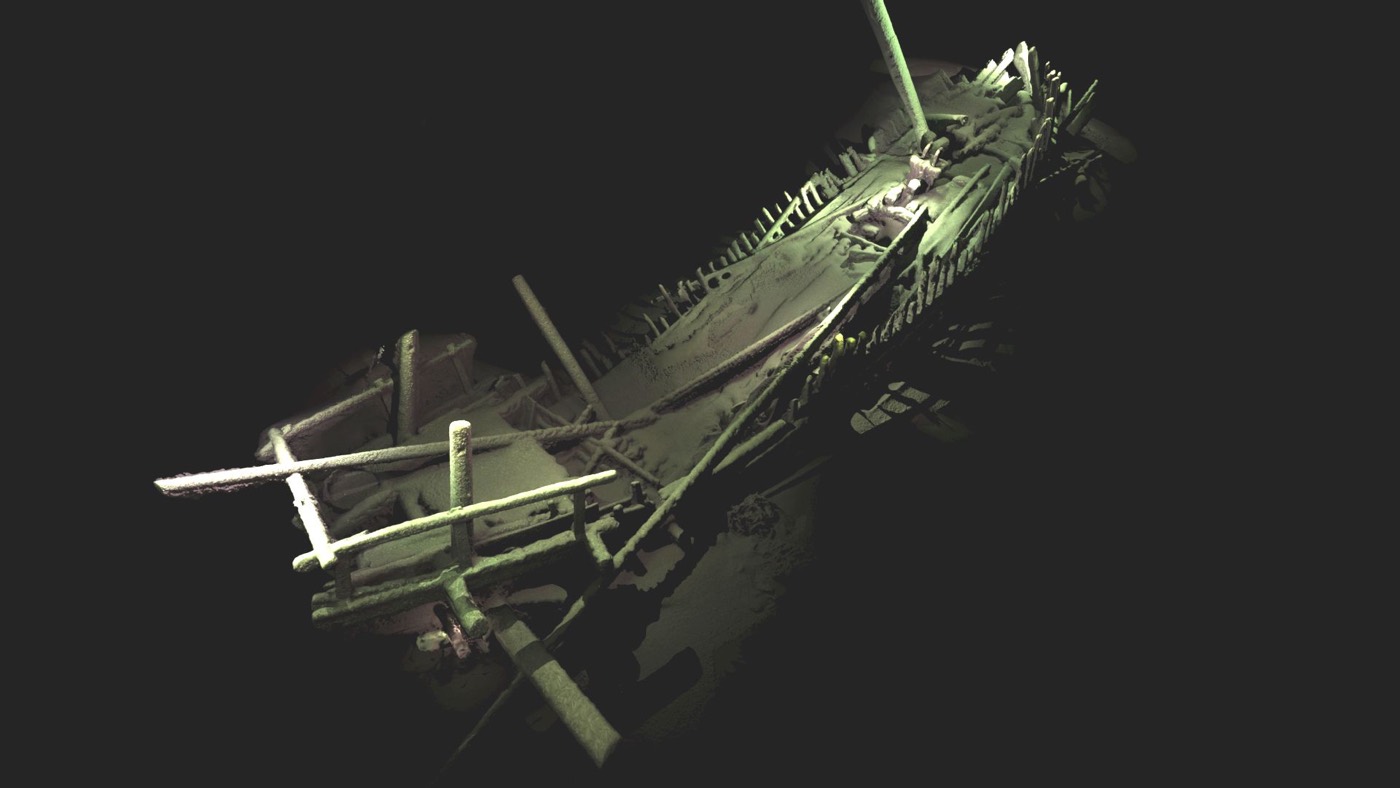
A medieval shipwreck on the bottom of the Black Sea may be the most complete version of this build of ship ever discovered. More than 4,500 high-resolution 2D images went into the creation of this model, which shows the masts and timbers still upright in the anoxic depths of the sea. Researchers weren't specifically searching for shipwrecks in their exploration, but they discovered more than 40.
Byzantine Black Sea Wreck
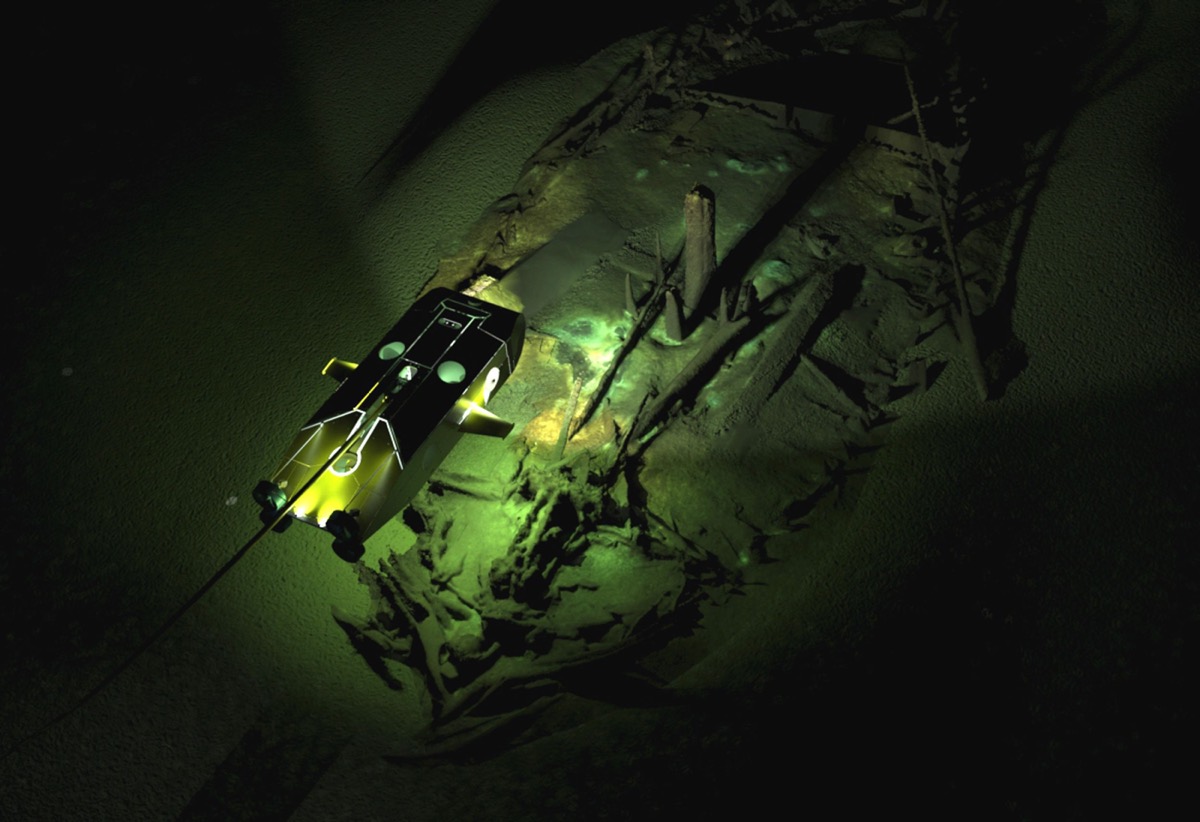
A wreck dating back to the Byzantine Empire (circa 330 A.D. to 1452 A.D.) is illuminated by the Surveyor ROV in this reconstructed 3D image. Part of the mast still stands upright. In the low-oxygen depths of the Black Sea, the organisms that normally eat through the wood of shipwrecks can't survive, making conditions ideal for preservation.
Sign up for the Live Science daily newsletter now
Get the world’s most fascinating discoveries delivered straight to your inbox.
Geological Investigation
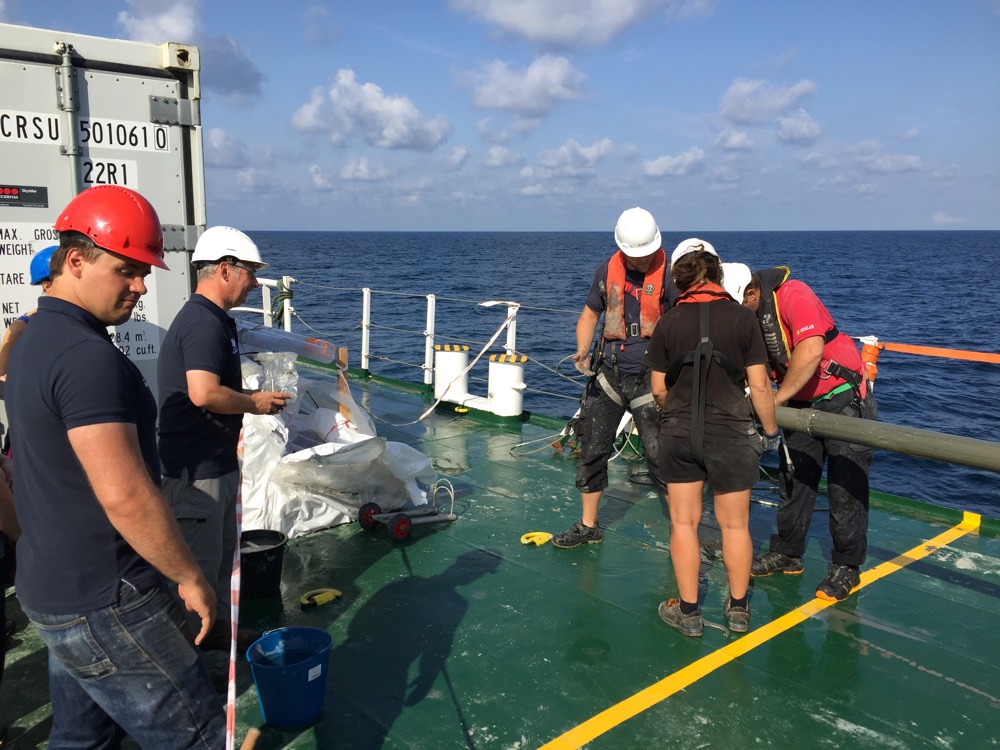
Researchers aboard the Stril await the arrival of a core sample from the bottom of the Bulgarian section of the Black Sea. The researchers took 68 core samples from the sediment, a total length of 984 feet (300 m). The goal is to understand how quickly the water level in the Black Sea rose at the end of the last Ice Age 12,000 years ago, and to envision how those water level changes rewrote the map for people living along the coast at that time.
Robotic Explorer
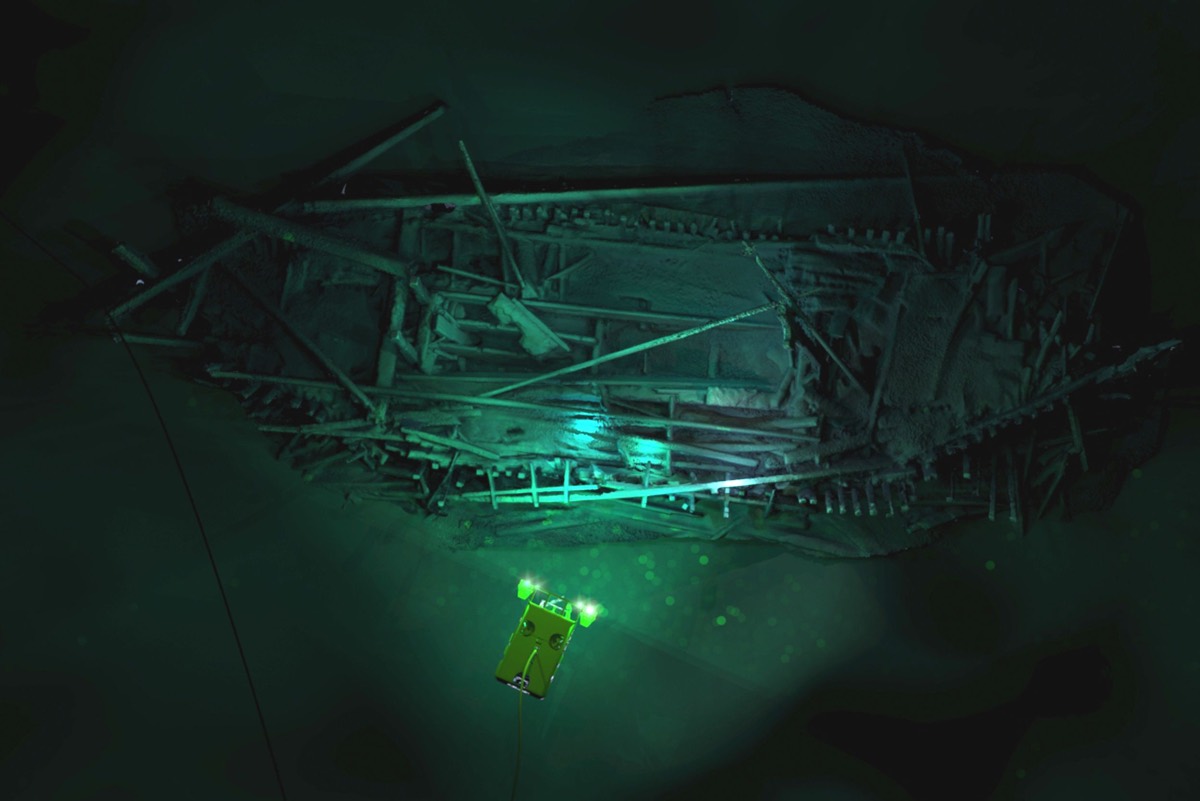
An Ottoman-Era wreck model overlaid with an image of the ROV Supporter. The ROV took thousands of high-resolution photographs of each wreck to document their positions on the sea floor without disturbing them.
"Using the latest 3D recording technique for underwater structures, we’ve been able to capture some astonishing images without disturbing the sea bed," University of Southampton archaeologist Jon Adams said in a statement. "We are now among the very best exponents of this practice methodology and certainly no-one has achieved models of this completeness on shipwrecks at these depths."
Intricate Detail
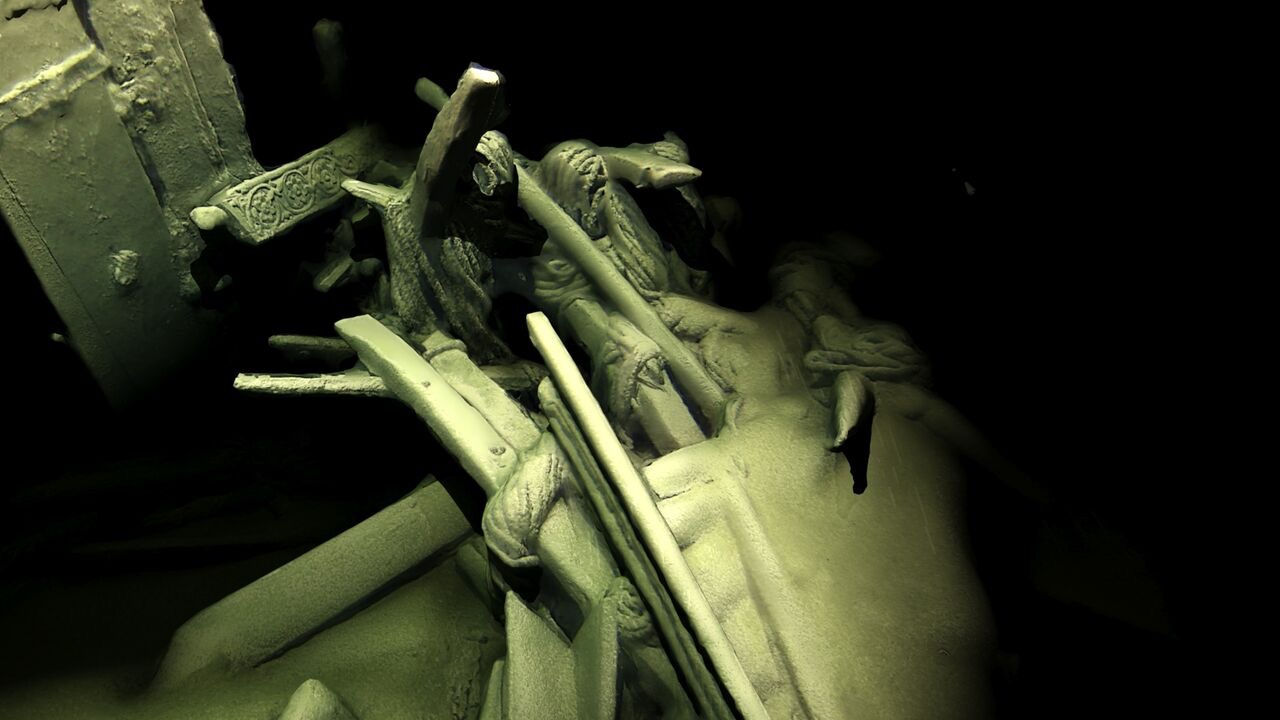
Incredibly sharp detail is visible on the stern of an Ottoman-Era wreck using photogrammetry. Features such as the carved tiller, the rudder and the stern post are all visible. Even coiled ropes wrapped around the timbers are still intact.
State of the Art
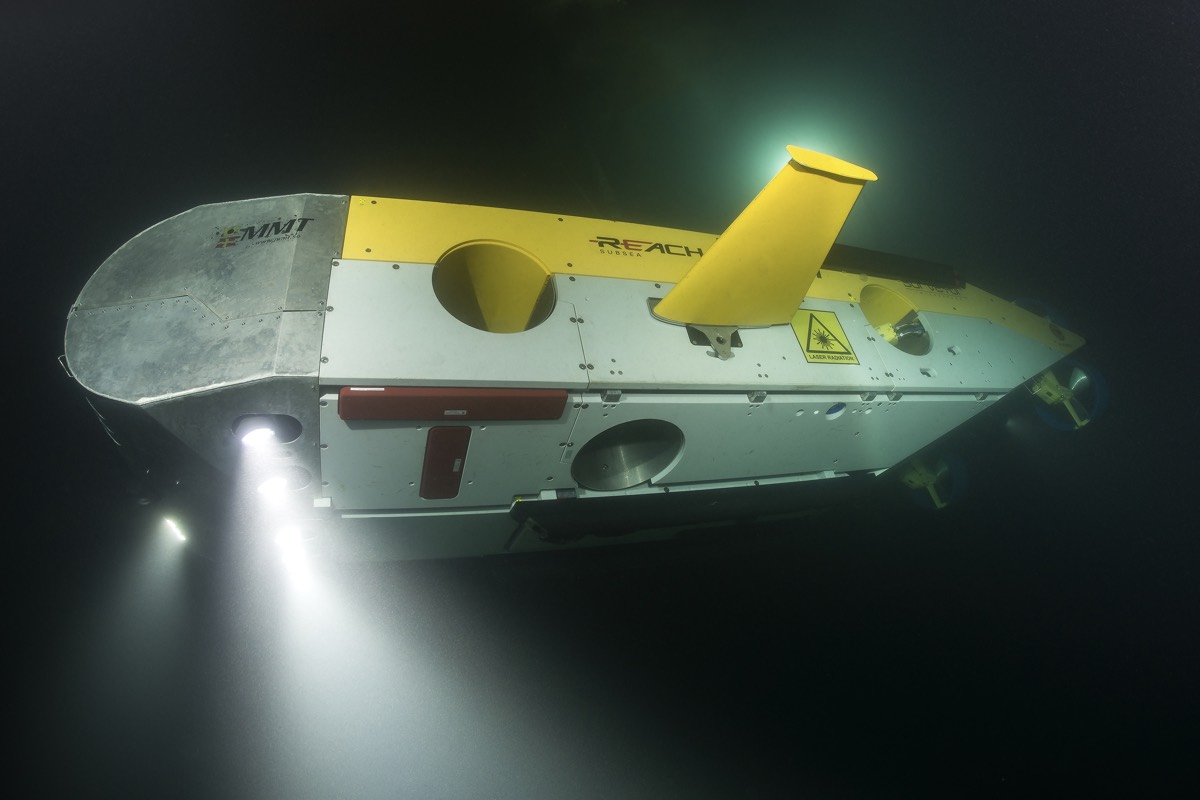
The Surveyor Interceptor, a state-of-the-art remotely operated vehicle used to explore the Black Sea seabed and its shipwrecks. The Interceptor is three to four times faster than most other ROVs and carries instruments including sonar, a laser scanner, and high-definition cameras.

Stephanie Pappas is a contributing writer for Live Science, covering topics ranging from geoscience to archaeology to the human brain and behavior. She was previously a senior writer for Live Science but is now a freelancer based in Denver, Colorado, and regularly contributes to Scientific American and The Monitor, the monthly magazine of the American Psychological Association. Stephanie received a bachelor's degree in psychology from the University of South Carolina and a graduate certificate in science communication from the University of California, Santa Cruz.










